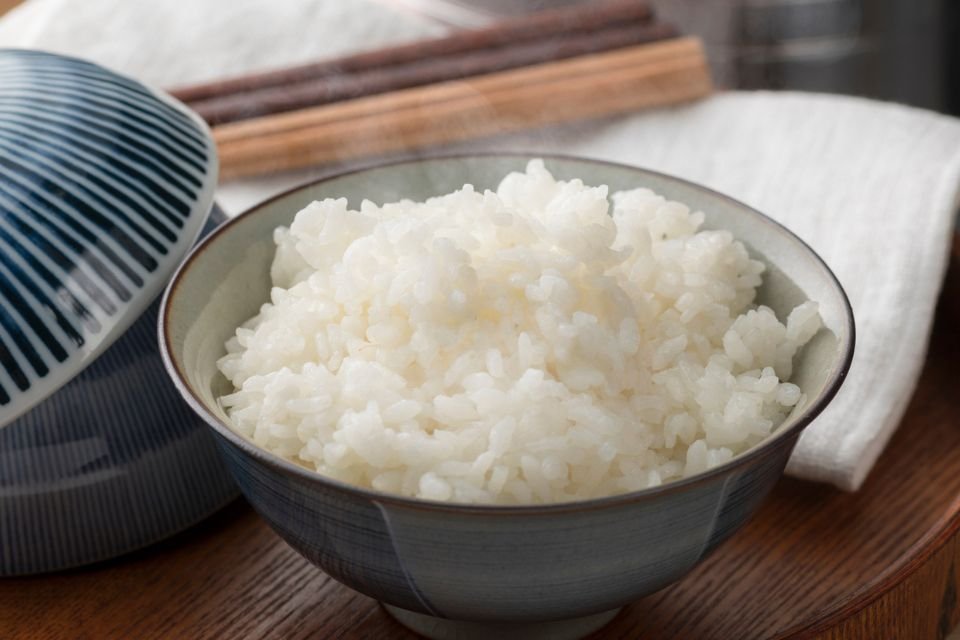One of the most traditional culinary combinations in Brazil, rice and beans are the basis of the national diet. It’s hard to find a rice-free meal in the country. This is happening in various countries around the world where the grain is a staple food, as well as creating iconic dishes such as Spanish paella and Italian risotto.
However, such versatility leads to the emergence of different cooking methods. According to research conducted at the University of Queensland, Australia, the method chosen for cooking has a direct impact on the flavor, viscosity, firmness and healthiness of the rice.
In this sense, the big question for kitchens for both chefs and grandmothers is: Should I rinse the rice before cooking it or not?
What do traditional chefs and cooks say?
When it comes to washing rice before cooking, neither celebrity chefs nor traditional cooks can reach a consensus. Some gastronomy experts argue that it is necessary to wash the grain to remove excess free starch (amylose) produced by the grinding process. This can be seen in turbid water from rinsing.
On the other hand, many understand that this washing is unnecessary and can destroy some of the nutritional value of the rice. In addition, it is necessary to keep in mind the desired result: if the rice is fluffy or more consistent. In the latter case, washing should be avoided, which is very common in the preparation of paella, risotto and rice pudding.
Of course, there are also issues of tradition and culture involved. In Asian countries where it is common for rice to be served in separate bowls and eaten with chopsticks In small portions, sticky and compact form is recommended.
What conclusion has science come to about washing rice?

A study published in January 2019 by researchers at the University of Technology and Business in Beijing, China, found that, contrary to what chefs say, the process of washing rice before cooking it. It has no effect on its viscosity or hardness.
Three types of rice were used in the methodology: sticky (with high amylose content), medium grain and Thai jasmine, which was cooked without washing and also washed several times.
So it all depends on the type of rice – not pre-wash – to determine stickiness, hardness, and even bacterial inhibition. high cooking temperatures kill them all.
Source: Tec Mundo
I’m Blaine Morgan, an experienced journalist and writer with over 8 years of experience in the tech industry. My expertise lies in writing about technology news and trends, covering everything from cutting-edge gadgets to emerging software developments. I’ve written for several leading publications including Gadget Onus where I am an author.













